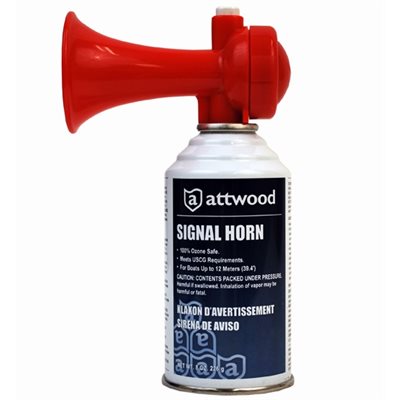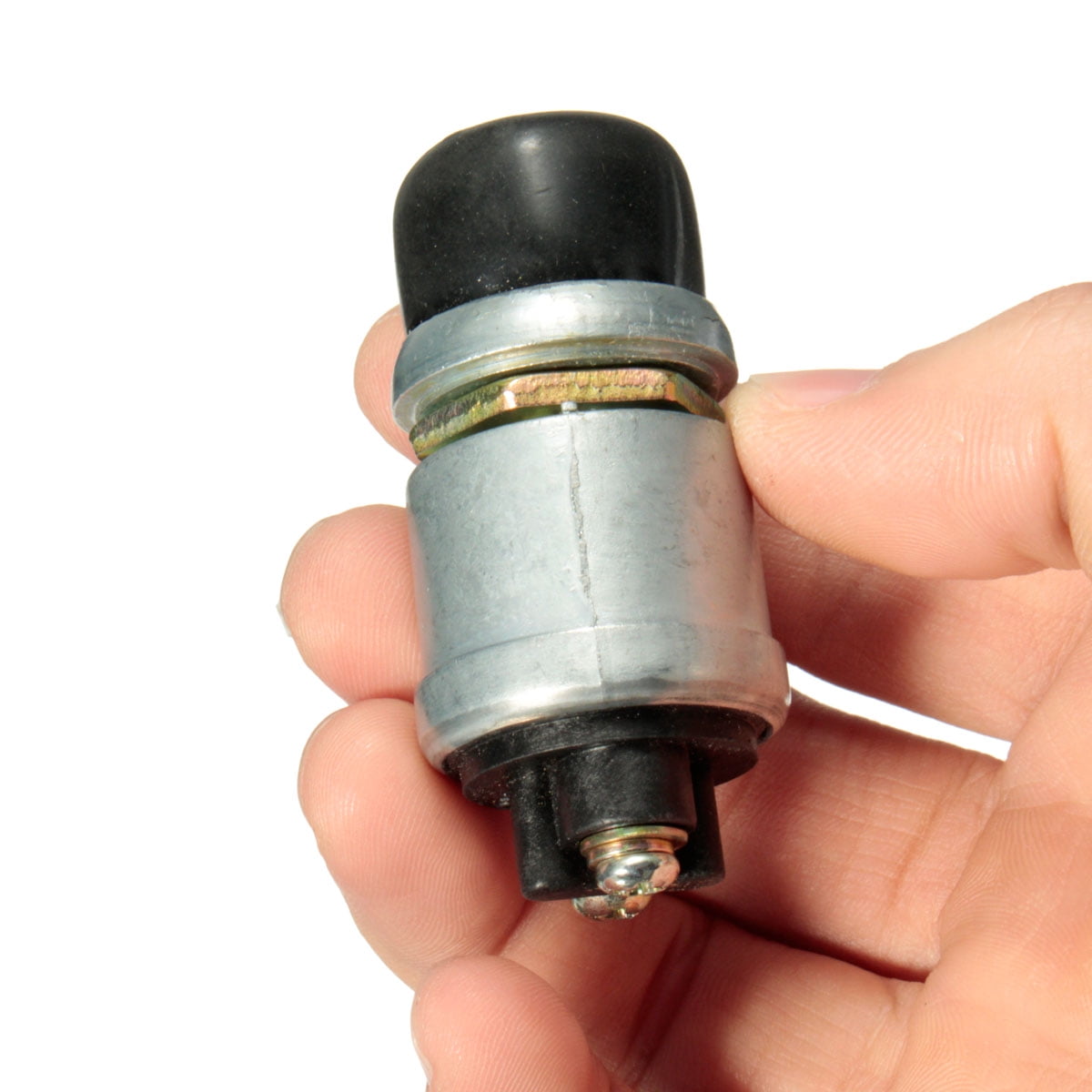

#Push button city horn driver
To switch it off the driver has to press the red button. When the driver presses the horn, the button begins to beep and flash. The device is a red button with a frowny. If you make a person conscious of his honking, he can break the habit. This device exploits the fact that indiscriminate honking is a bad habit and like any other habit it is not done consciously.
#Push button city horn drivers
Anand Damani and Mayur Tekchandaney, partners at branding and behavioural design company, Briefcase, have designed and tested a bleeping device that makes drivers conscious of honking. Ravi Kalra, a former martial arts trainer, and his followers in Delhi jump in front of blasting cars, slap “Do Not Honk” stickers on them and deliver anti-honking sermons to erring drivers. There are others dealing with it in their own ways. Next, cops were fining honking offenders in the locality. Soon Brooklyners started “honking back” with their own honkus. He began writing honkus and pasting them on lampposts. That’s when he realised, “I had soaked up so much honking and road rage that I had become the honking.” He had to do something about it. So one day he found himself pelting eggs on one pesky honker. Aaron Naparstek, living in Brooklyn borough of New York, had had enough of cars honking beneath his window. People have written honkus-haiku poems on honking-in frustration. (No, I am not giving aggressive tooters the benefit of the doubt. Maybe they are the misfits of the automobile age, leaning on the horn. Irritable as it is, I think it is not plain bullying behaviour (it’s a bad habit, though). It’s like double-check-just in case the others have not noticed them approaching or the signal changing. They honk to announce their presence on the road. They honk not just to get ahead of others.

In India, people honk not just to complain about bad driving by others or to get the person ahead to get off the cell phone when the signal has turned green. Explanations are plenty, from aggression to the urge to communicate. After all, there is a difference between the good-natured beep-beep and the impatient, incessant blare. I’m all for “tootless” laws.īut why do people honk so much? I do not mind people talking to each other on the road or gently tapping on the horn once in a while. Traffic of those days must have been very different from today’s but the effect of forbidding tooting is the same. I have become more attentive when behind the wheel. “It has made drivers more careful and pedestrians more considerate,” Eno wrote. According to his observation, suppression of motor horns did not increase accidents, but reduced them. So did Paris, London, several other European cities and finally New York by forbidding sound signal in parts of the city. He believed good drivers don’t need a horn. So how did the Father of traffic safety view horn honking? In the 1930s, Eno campaigned relentlessly against tooting. An American with a very European penchant for order, he was responsible for several innovations in road safety and regulations, all that we now count as the basics of traffic planning. In the first half of the 20th century he had designed traffic plans for London, Paris and New York. I googled, and I came across William Phelps Eno, the “Father of traffic safety”.

I thought I was drawing broad conclusions from my limited experience, so I asked my colleague in the air pollution unit (they deal a lot with transport) if there were studies on honking in Delhi. Good brakes and an alert mind avoid accidents, not honking. If you drive fast then by the time you alert anyone by blowing the horn you would have done the damage. If you drive slow you can rely on your reflexes to avert any accident. When everyone on the road is blowing the horn, no one pays attention to it. Then why did I think I could not do away with the horn? Probably because all cars come with one. That’s what I’d do even when my car horn was functioning. What if someone suddenly comes in front of you? What if a car comes too close to you? The answer is you use brakes and maintain a distance from those driving recklessly. On my way to office, from Indirapuram in Ghaziabad to Tughlaqabad Institutional Area in Delhi, I pass through several traffic bottlenecks (the Khoda stretch of NH-24, Ashram, Modi Mill flyover) and the congested locality of Govindpuri, where rickshaws, three-wheelers, pedestrians, buses, wheelbarrows, cars and cows all share the same lane. I drive mostly in Delhi that has 7.5 million vehicles and one of the highest accident rates in the country. But I did not think I could do away with it. I’m not a honking enthusiast I use the horn sparingly. A couple of weeks later I was asking myself: why do I need one? My car horn stopped working and I just kept postponing getting it fixed. For a month I had been driving my car without the horn.


 0 kommentar(er)
0 kommentar(er)
